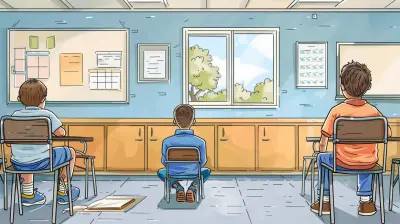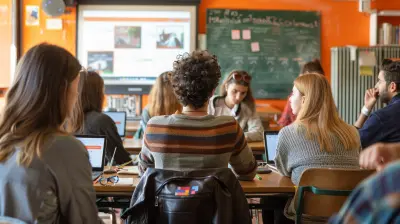How to Help Students Recognize and Correct Math Mistakes
27 October 2025
Let’s face it—math mistakes happen. Whether it’s a misplaced decimal, a forgotten sign, or just a case of rushing through a word problem, students make errors all the time. And guess what? That’s okay. In fact, it’s more than okay—it’s a golden opportunity to learn. But here’s the catch: recognizing and correcting these mistakes doesn’t always come naturally to students.
As educators, parents, or tutors, our job isn’t just to correct students—it's to teach them how to correct themselves. This kind of learning sticks, and it builds stronger problem-solvers in the long run. So, how do we help students spot their math blunders and fix them confidently?
Let’s dive into some tried-and-true strategies that can transform how your students relate to their math mistakes.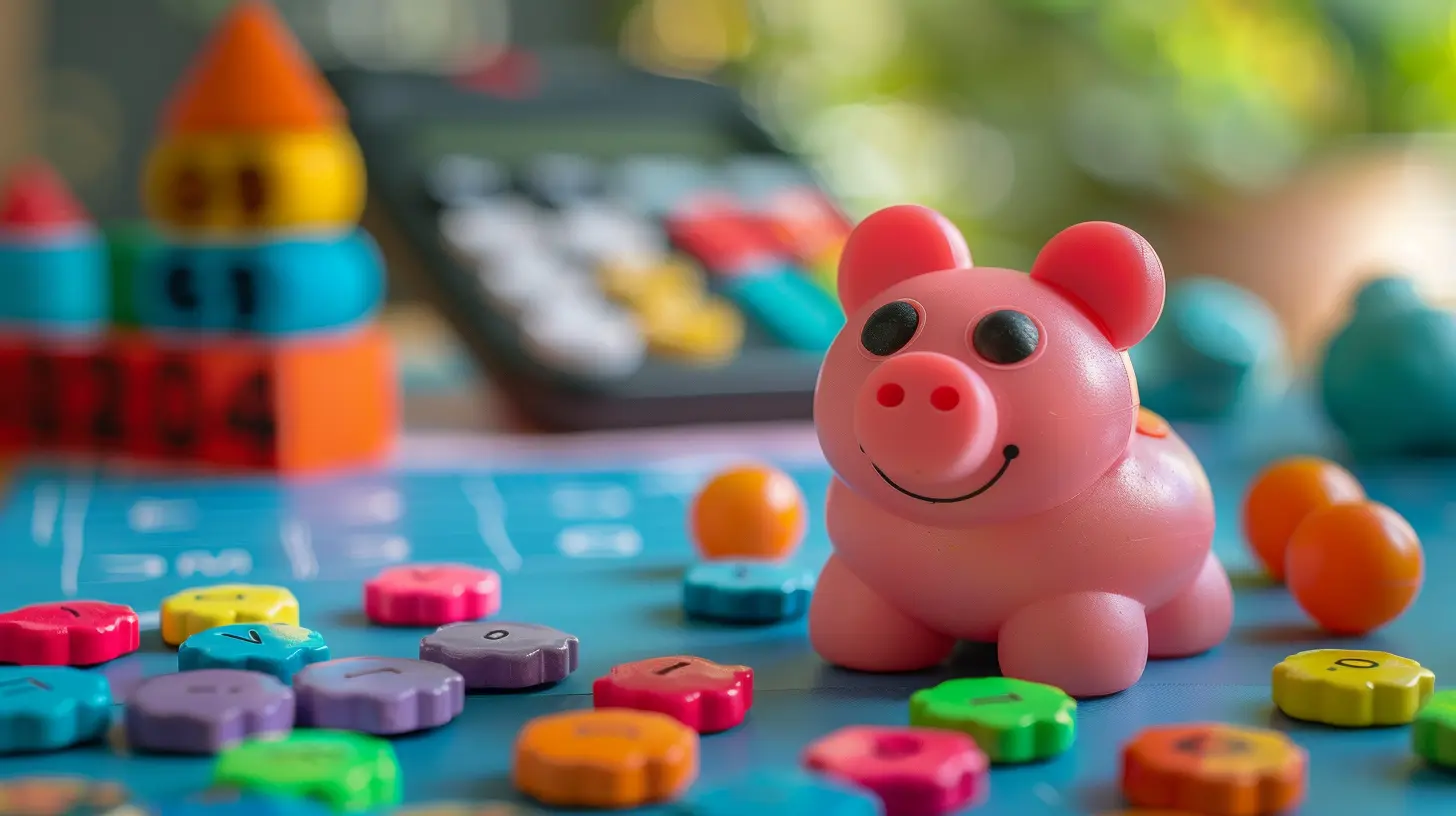
The Problem with “Just Getting the Right Answer”
Before we talk solutions, let’s talk mindset. So many students grow up thinking that math is all about getting the one “right answer.” If they get it wrong, they think they’ve failed.That’s where the real problem begins.
When students focus only on the final answer, they miss the entire learning process. They’ll often erase an incorrect answer and write the right one without even looking at what went wrong. That’s like painting over a cracked wall without fixing the leak underneath.
If we want students to start learning from their mistakes, we’ve got to shift their mindset from “right vs. wrong” to “understood vs. misunderstood.”
Step 1: Normalize Mistakes as Part of Learning
Let’s be real—math can be intimidating. No one likes to be wrong, especially in a classroom full of peers. But the truth is, everyone makes mistakes, even teachers!So, the first step? Normalize it.
What You Can Do:
- Share your own math mistakes with your class or learning group. (Yep—even the time you accidentally added instead of multiplying!)- Praise effort and strategy over correct answers.
- Use phrases like “That’s a great mistake; let’s look at what happened here.”
This creates a safe environment, where students are less afraid to take risks and more willing to engage in self-correction.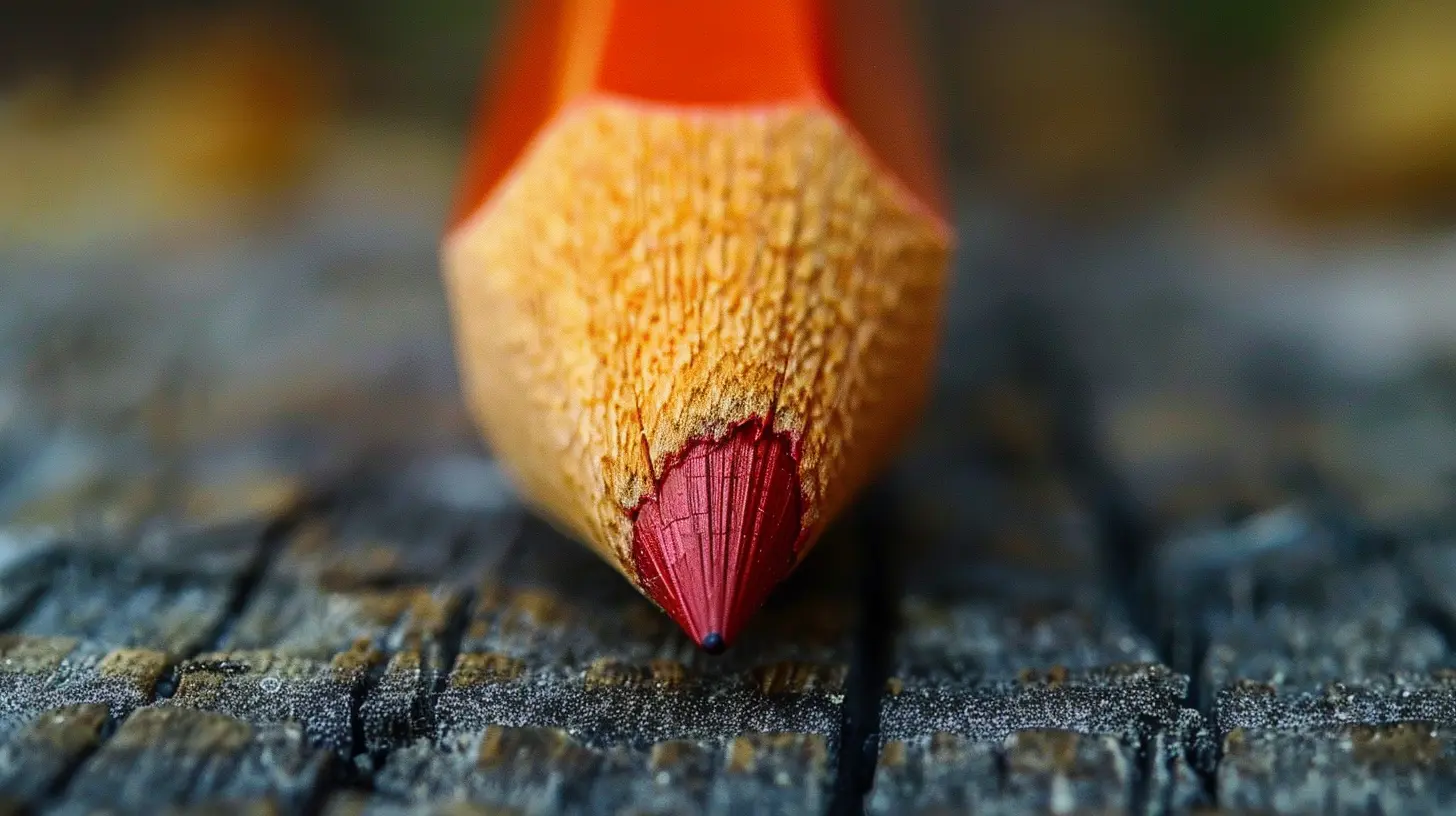
Step 2: Teach Students to "Think Like a Mathematician"
Let’s make one thing clear: mathematicians don't just crunch numbers. They analyze processes, double-check for errors, and revise their thinking constantly.We need to help students see that their job isn’t just to solve math problems—it’s to think like problem-solvers.
Strategies That Work:
- Error analysis exercises: Give students problems with mistakes already embedded and have them identify the error and correct it.- Math journaling: Encourage students to write down what they were thinking when working through a problem. This helps them reflect and catch inconsistencies.
- Peer review: Let students swap papers and try to find and explain each other’s errors (gently, of course).
Just like a detective looks at clues, students can learn to follow the "evidence" in a problem to find out where something went wrong.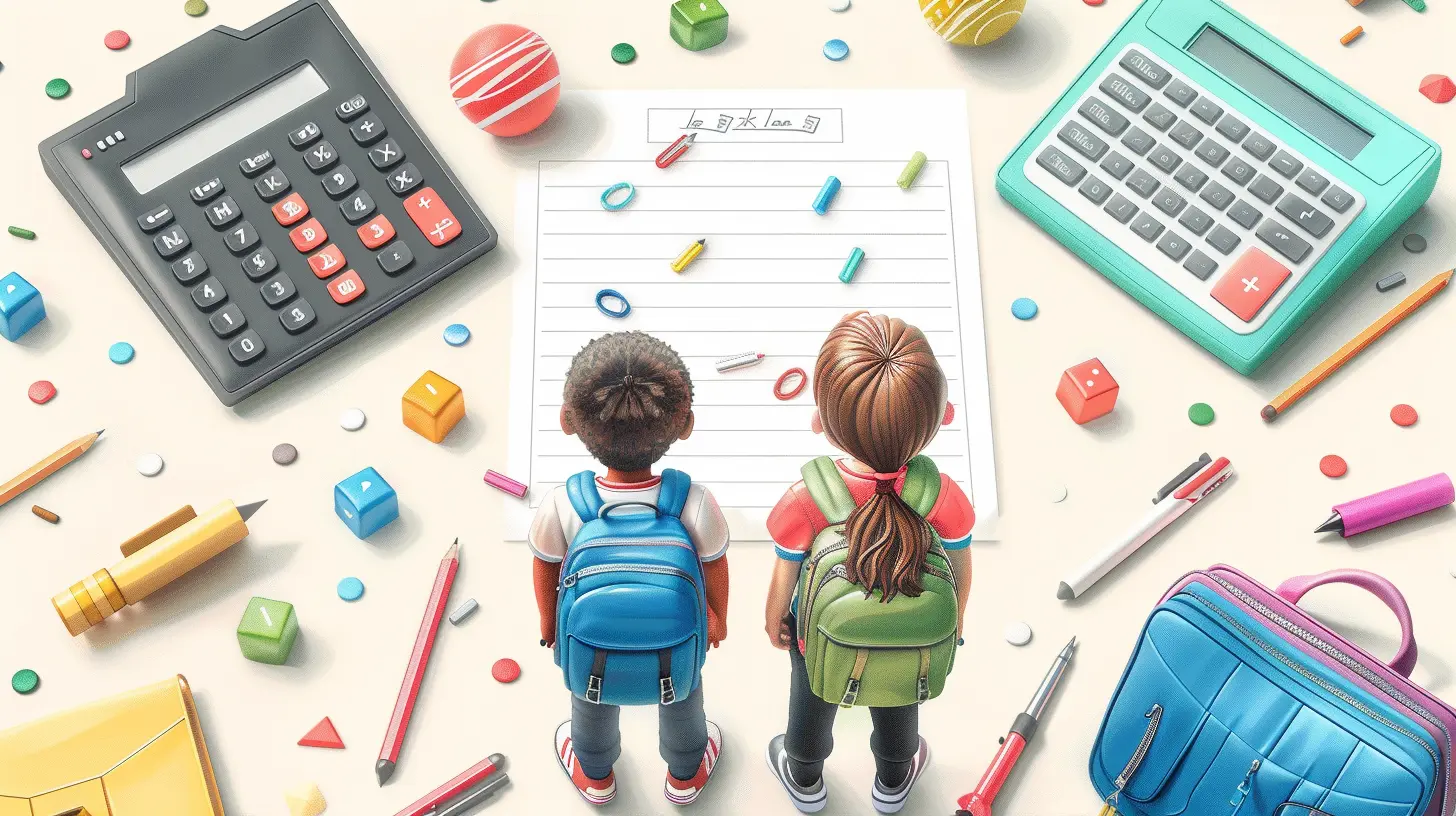
Step 3: Slow Down the Process
Ever notice how most math mistakes happen when students rush? It's like trying to run while tying your shoes—you're bound to trip.We live in a fast-paced world, but when it comes to math, slow and steady really does win the race.
Here’s How to Encourage Careful Work:
- Break down big problems into smaller steps. Have students check their work after each part.- Teach estimation so they can sense if an answer is way off.
- Encourage double-checking before submitting.
- Try the “Red Pen Strategy”—have students go back through their work using a red pen to highlight anything that doesn’t make sense or matches what they didn't expect.
Slowing down not only helps catch mistakes but strengthens understanding.
Step 4: Focus on the “Why,” Not Just the “How”
You can teach a student how to do long division, and they might get every question right on a worksheet. But if you ask them why the method works, they go blank. That’s where misunderstanding hides.When students only memorize steps, any change in the problem can throw them off. But when they understand the reason behind each move, they can adjust and adapt.
Build Conceptual Understanding:
- Use visual models like number lines, base-ten blocks, or fraction strips.- Ask guiding questions like:
- “Why did you choose that operation?”
- “What does this number represent in the problem?”
- Encourage students to explain their thinking out loud or to a partner.
Understanding the “why” gives students the power to self-correct—because they actually recognize when something doesn’t make sense.
Step 5: Make It Okay to Revisit and Revise
In writing, students draft, edit, and revise all the time. But in math? It’s often treated as one-and-done. That needs to change.Mistakes in math deserve just as much revisiting and reflection.
Promote Math Revisions:
- Allow resubmissions after feedback.- Give partial credit for corrected work.
- Offer “fix-it passes” that let students redo a problem for bonus points.
- Create a “math mistake wall”—a display where students anonymously share mistakes and explanations (turning them into teaching tools for everyone).
When students revisit their work, they deepen their understanding and gain confidence in their ability to improve.
Step 6: Use Growth Mindset Language
Sometimes, the words we use make all the difference.If students hear “You’re wrong” or “That’s incorrect,” over and over again, it might chip away at their confidence. But with the right language, you can turn every mistake into a stepping stone.
Try This Instead:
- “Let’s figure out where your thinking shifted.”- “You’re on the right track—what’s another way to approach this?”
- “Good try! Want to go back and see what doesn’t quite fit?”
Encouraging language helps students stay curious and engaged, instead of shutting down after each error.
Step 7: Use Technology (But With Caution)
There are tons of math apps and online platforms that give instant feedback, which can be fantastic for catching errors early. But don’t let the tech do all the heavy lifting.Students still need to know why something is wrong and how to fix it.
How to Use Tech Effectively:
- Encourage platforms that show step-by-step solutions and explanations.- Use tools like Desmos or GeoGebra to visualize concepts.
- Avoid over-relying on auto-correcting software—make sure they still reflect and process their errors.
When used right, technology can be a helpful assistant—just don’t let it become the teacher.
Step 8: Encourage Self-Talk and Self-Checking Routines
Ever caught yourself whispering through a math problem like, “Okay, I multiplied 4 by 3, that’s 12…” That’s self-talk, and it works! It helps your brain stay focused and keeps silly mistakes at bay.We want our students to do the same.
Teach Them To Think Out Loud:
- Model talking through a problem step-by-step.- Give students “math talk cards” with guiding prompts like:
- “What operation makes sense here?”
- “Does my answer look reasonable?”
- “Did I use the right units?”
By building self-checking habits, students become more independent and less reliant on you (which is the goal, right?).
When Students Correct Their Own Mistakes, Magic Happens
The greatest moment as a teacher or tutor isn’t when a student gets a perfect score. It’s when they catch a mistake, fix it on their own, and say, “Wait, I see what I did there!”That’s real learning. That’s growth.
And when students begin to view mistakes not as failures but as feedback, everything changes.
Final Thoughts: Let’s Redefine Mistakes
Helping students recognize and correct their math mistakes isn’t just about better grades. It’s about building resilient thinkers, confident problem-solvers, and lifelong learners.Next time your student gets a math question wrong, don’t rush to correct them. Instead, pause. Ask questions. Get curious.
Help them become their own teacher.
Because in the end, recognizing and fixing a mistake is far more powerful than just getting it right the first time.
all images in this post were generated using AI tools
Category:
Math SkillsAuthor:

Bethany Hudson
Discussion
rate this article
1 comments
Zephyrion Henson
Great tips for fostering math problem-solving skills!
November 1, 2025 at 4:06 AM

Bethany Hudson
Thank you! I'm glad you found the tips helpful!

